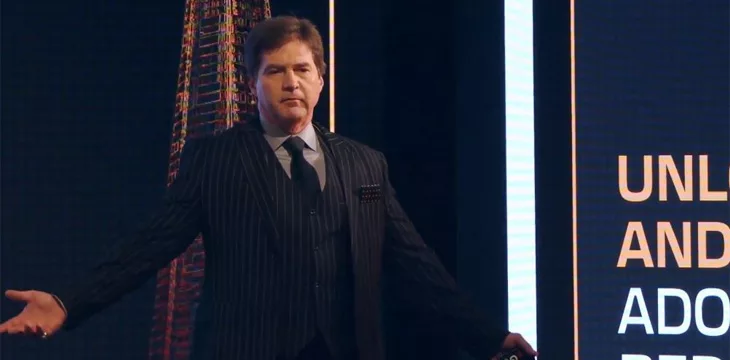Market royalties for NFT creators are on the way out
Illustration: Brendan Lynch/Axios
Just as Instagram, the largest photo-viewing social network, opens up non-fungible token sales, the potential for NFTs to provide artists with recurring revenue appears to be dwindling.
The big picture: Fewer and fewer marketplaces honor artist fees—a payment that rewards creators during secondary sales—embedded in NFTs.
Why it’s important: If the coolest creators stop making cool stuff, interest in the NFT scene could dry up. The extreme scenario is unlikely, but some creators – for example, those that it had been to create digital collectibles just barely worth it – can stop.
Driving the news: If the old news adage that wood makes a trend is true, then this is a trend.
- Sudoswap and X2Y2 avoid royalties, but they are still pretty small players.
- Magic Eden is a marketplace that competes with the market leader, OpenSea, but it primarily focuses on NFTs that run on the Solana blockchain. It made royalties optional in October.
- Then late last week, the decentralized autonomous organization (DAO) behind the LooksRare marketplace also moved away from royalties; However, LooksRare redirects a quarter of the platform fees to creators.
Of the note: OpenSea declined to comment on this trend to Axios. Everyone is waiting to see when and if the dominant marketplace drops royalties.
What we’re looking at: The layer-2 scaling system for NFTs, ImmutableX, has a solution in its ecosystem to enforce royalties through white- and black-listed marketplaces. It announced today that it would deploy the solution to Ethereum.
- The question is whether it preserves the user experience well enough for buyers.
Our thought bubble: It doesn’t feel good, but the writing is on the wall. Royalties are going to go.
Zoom out: There’s a parallel happening right now in the broader cryptocurrency market, as exchanges are in a race to the bottom when it comes to trading fees.
- All of this follows exchanges used for stocks eliminating fees in 2019.
Context: For collectors — those who buy an NFT every now and then, sit on them and hold on to them for a long time, and maybe use them as keys to get into some parties — paying 3 to 8 percent royalties one day isn’t all that discouraging.
- But most of the volume in NFTs comes from people who trade much more actively than that, and for them those fees really add up.
Be smart: Part of the popular narrative surrounding NFTs was that royalties were built into the operation of the blockchain. This was never true.
- The documentation of each NFT simply asks for a royalty, and until very recently, most marketplaces have only honored that request.
- Anecdotally, NFT creators have also been asking for more and more lately, putting more and more pressure on marketplaces to drop all royalties.
The other side: There can be a bright side for everyone. Making fees optional can foster new ways for creators to get creative about how to foster stronger communities.
- For example, artists can offer special airdrops of NFTs or tokens to owners who pay the royalty (all visible on the blockchain).
- It’s obviously more work, but some say NFTs are really more about community than the digital object.
- Magic Eden has put up $1 million in prizes for a hackathon where teams can come up with pro-royalty payment strategies.
Meanwhile, people who voluntarily pay royalties now appear to be falling rapidly.
Bottom line: $1.8 billion in royalties have been paid out to creators on the Ethereum blockchain alone, according to Galaxy Digital. This number is undoubtedly growing much more slowly now.

